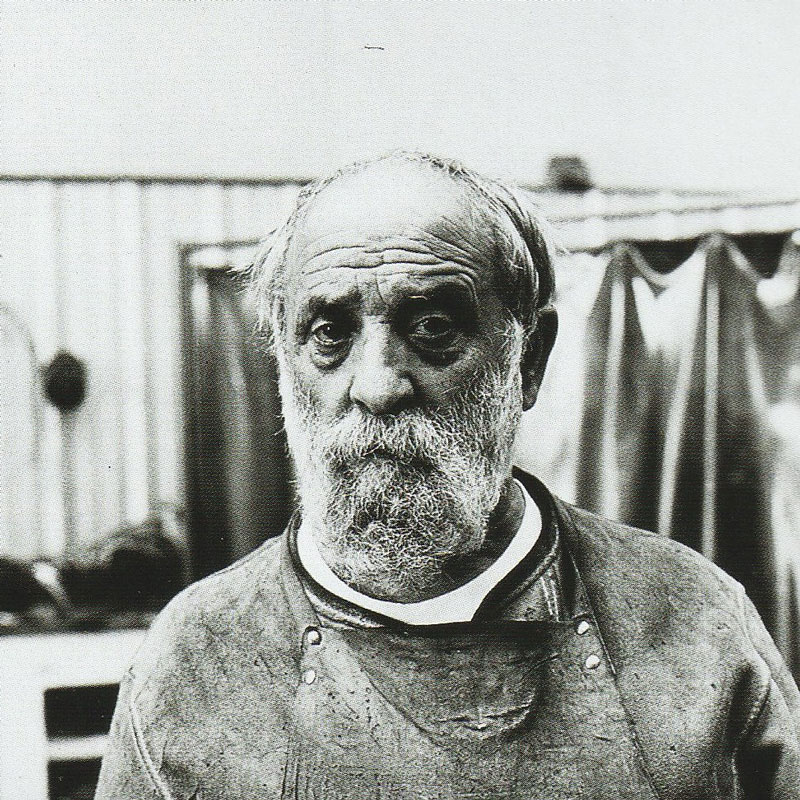César Baldaccini

Born on January 1, 1921, in Marseille, César (whose full name was César Baldaccini) was a sculptor associated with the New Realists movement and the Nice School. He trained at the École des Beaux-Arts in Paris, where he met artists like Hiquily, Guino, Féraud, and Arman. During this time, he created his first sculptures from welded scrap metal, some of which were purchased for the collections of the National Museum of Modern Art (such as Chauve-souris, 1954) and the Museum of Modern Art of the City of Paris (Le Scorpion, 1955).
Artworks
Store
Exhibitions Gallery loft
Biography
Born on January 1, 1921, in Marseille, César (whose full name was César Baldaccini) was a sculptor associated with the New Realists movement and the Nice School. He trained at the École des Beaux-Arts in Paris, where he met artists like Hiquily, Guino, Féraud, and Arman. During this time, he created his first sculptures from welded scrap metal, some of which were purchased for the collections of the National Museum of Modern Art (such as Chauve-souris, 1954) and the Museum of Modern Art of the City of Paris (Le Scorpion, 1955).
In 1956, he participated in the Venice Biennale, followed by the São Paulo Biennale and Documenta II in 1959, after signing a contract with the Claude Bernard Gallery (Paris) the previous year. In 1961, he joined the group of New Realists, a movement founded by art critic Pierre Restany. In 1976, his friend Georges Cravenne, a journalist and producer, created the Academy of Cinema Arts and Techniques to celebrate French cinema and invited César to design a trophy bearing his name, echoing the American Oscars.
An artist known for his direct southern style, who throughout his life cultivated the image of an eternal craftsman, welder, and great creator, César became one of the iconic figures of his time. He exhibited his iconic works worldwide, including welded metal pieces, compressions, expansions, and imprints, and performed ephemeral expansions as public performances. The 1980s saw a significant rise in his monumental sculptures, and in 1984, he created a Hommage à Eiffel, crafting a piece from fragments of the Eiffel Tower for the city of Hong Kong.
He passed away in Paris in 1998, and twenty years later (2017-2018), the Pompidou Center dedicated a retrospective exhibition to his work.
 HOMME OISEAU
HOMME OISEAU TÊTE
TÊTE Cœur Éclaté
Cœur Éclaté CÉSAR SÉRIE, 1998
CÉSAR SÉRIE, 1998